Certification Training and
Guaranteed Placement
Inventateq is the India's Most Trusted and Best Software Training Institute. Your gateway from Learning Skills Practically to Getting a Job! We are here for your career growth.
- 10X Job Placement Rate, In relevant Industry
- Experienced Trainers from Google, Microsoft, TCS, Wipro, Adobe etc
- Offline Classrooms & Online Instrutor Led Classes
- IT or non-IT, We have the best Placement
- Assessments, Resume preparation, and Mock Interviews



Rated 4.9 out of 5 based on 20,516 Reviews
We are India's Rated Best Software Training InstituteHow Inventateq has placed 10,000+ students?
The answer is very simple and clear. We promise 100% placement support. Our 2000+ brands helping students get their best job.

Tanisha Sharma
20 LPA • Digital Marketing


Nikita Jain
15 LPA • Sales


Kirandeep
15 LPA • Application Testing


Manikanta Saladi
40 LPA • Cloud AWS Engineer


Koushiki Iyer
12 LPA • Social Media Marketing


Kirshna Gowtham
15 LPA • Developer
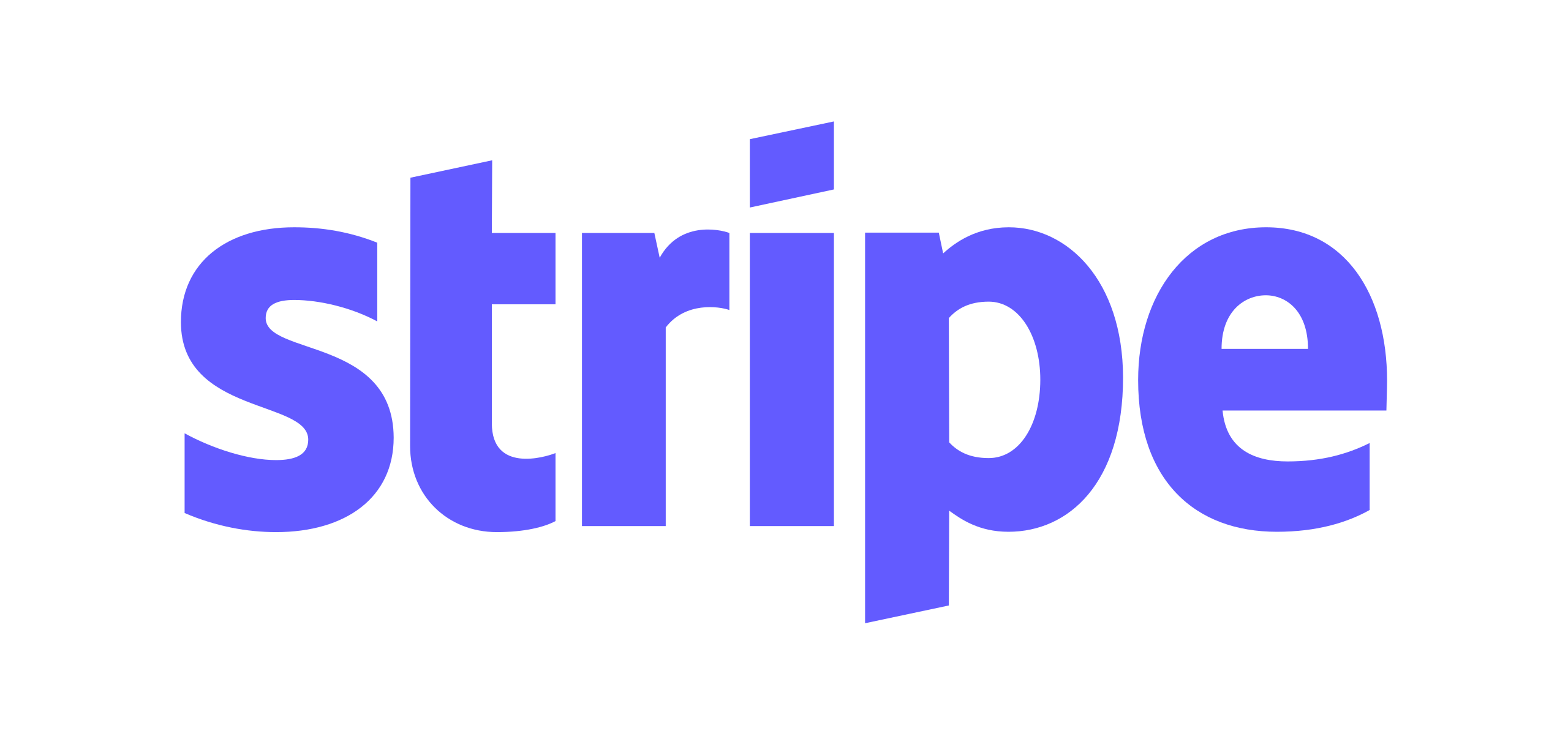

Rakesh Reddy
15 LPA • Salesforce Developer
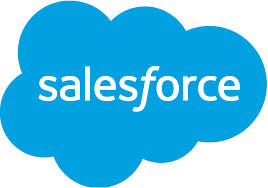

Kisori Venu Mondal
10 LPA • Executive Sales


Nandini Iyer
20 LPA • Cloud Developer


Nandini Gowtham
20 LPA • Digital Marketing


Kandrikala Rajshekhar
14.6 LPA • Python Developer


Setty Sivalingham
12.4 LPA • Software Engineer


Deborshi Rudra Laxmi
10 LPA • Digital Marketing


Shaik Shaheed
6.5 LPA • Junior Data Scientist


Sirish Kumar
14.3 LPA • Digital Strategist Lead


Laxmi Roy
16 LPA • Backend Developer


Sahil Kumar
20 LPA • Marketing


Nehusu Siva Prasad
16.5 LPA • Oracle Developer
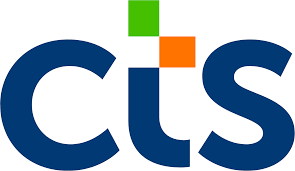

Nandini Jainar
14.8 LPA • Developer


Sahana
9.2 LPA • Data Science
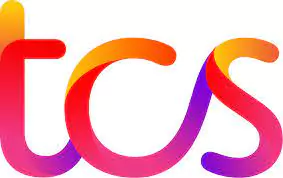

Jaya Rai
10 LPA • Digital Marketing


Sunil Kumar
10.5 LPA • Marketing


Rahul Mahajain
7 LPA • Java Developer


Vikas
12 LPA • Python Developer


Hari Krishna
13 LPA • Software Engineer


Vibhu Rajesh
3.3 LPA • Full Stack Developer


Sweta Reddy
15 LPA • Product Marketing


Anwar Basha
27.2 LPA • Data Analytics Lead

Why Inventateq Courses are the best?
Inventateq courses are best because we have the Industry experienced and Certified trainer with us providing the best software training with Real Time Projects to learn and grow exactly how you would on a real job, that will be beneficial for your career growth.
COURSE CATEGORIES
- Popular IT Courses 2024
- Online Courses
- Best For Freshers
- Upgrade For Professionals
- NON Coding Courses
- Civil Courses
- Mechanical Courses
- Electrical Courses
- Networking Courses

Featured in News, Media & Publications










Why Inventateq is the best for you?
Inventateq is the only option in India for the best in class quality training and career placement.
Experienced
Expert Instructors
Assured 100%
Placement Support
Industry focused
Updated Curriculum
Dedicated
Mentor Connect
Best Industry
Specific Projects
11,540+
Professionals
Trained
200+
Experienced
Trainers
110+
Cities
Available
566+
Professional
Courses
4.9 / 5
Avg Rating
By Students
How Inventateq help students get place?
We have a strong network of hiring partners over the world, and there are our dedicated
career placement support team that
always helps students to get placed better for their career
and life growth.
Why thousands of students loves Inventateq?
We are known for our best service, quality of courses and dedicated student placement support. So they trust Inventateq for their overall career growth and better placement. Our way of guiding students, developing new skills, is like a game changer for us.

Kirshna Gowtham
15 LPA • Stripe
After completing the Artificial Intelligence course at Inventateq, I felt confident and job-ready. The practical sessions and expert faculty were exceptional. I now work as an AI specialist, thanks to the comprehensive training and placement assistance provided by Inventateq.
Sahana
9.2 LPA • TCS
Inventateq's Software Testing course was instrumental in my career growth. The course was well-structured and the trainers were very supportive. The practical knowledge I gained helped me secure a job as a QA engineer. Inventateq's placement team also played a crucial role in my job hunt.
Kisori Venu Mondal
10 LPA • Neteller
Inventateq's Big Data and Hadoop course helped me shift my career path successfully. The detailed modules and hands-on projects prepared me well for the industry. With Inventateq's support, I got a job as a big data analyst at a reputed company. I highly recommend their courses.
Shaik Shaheed
6.5 LPA • Aptus Data Labs
The Python Programming course at Inventateq was thorough and practical. The trainers were highly experienced, and the course material was up-to-date with industry standards. I landed a job as a Python developer soon after completing the course. Inventateq truly stands out in tech education.
Nandini Jainar
14.8 LPA • Walmart Labs
Inventateq's Cloud Computing course provided me with the expertise to excel in my field. The practical labs and knowledgeable instructors were key to my success. Post-training, I secured a role as a cloud solutions architect. Inventateq's placement support was also outstanding.
Vibhu Rajesh
3.3 LPA • Soft India
I enrolled in Inventateq's Web Development course and it exceeded my expectations. The course covered all essential topics, and the live projects were extremely beneficial. I now work as a full-stack developer, all thanks to the skills and confidence I gained at Inventateq.
Rahul Mahajain
7 LPA • Cognizant
Inventateq's Machine Learning course was a game-changer for me. The in-depth curriculum and experienced instructors helped me master complex concepts. This training led to a lucrative job offer as a machine learning engineer. I highly recommend Inventateq to anyone looking to upskill.
Gopi Krishna
11 LPA • Gemini
After completing Inventateq's Java Programming course, I secured a job as a software developer. The practical approach and real-time projects were instrumental in my learning. The supportive faculty and placement team made my transition into the professional world smooth and successful.
Hari Krishna
13 LPA • Qualcomm
Inventateq's Digital Marketing course transformed my career. The hands-on training and expert guidance provided me with the skills needed to excel in my field. I now work as a digital marketing manager at a leading firm, thanks to Inventateq's excellent course structure and placement assistance.What so special about Inventateq?
Inventateq is the only best and most trusted software training Institute in Bangalore India, providing best Job Oriented courses by top Trainers from global universities and also provides 500+ courses with 100% Placement support in hand and assured Free Internship from Top Brands.
Our Trainers are from
Instructors from Top Global Brands
We have 100+ top certified and experienced Instructors from top global universities and brands, provides the best software training in their field. This helps you get the best job and get placed better.
100% Assured Better Placements
Partnered with hundreds of reputed firms, businesses and multinationals to provide the best career support for our students. We provide the best Placement assistance and quality in our skill based courses.
The Gateway to Build Skills & Career
We have more than 500+ courses in our collection, these makes the best for your skill development and helps in career boosting. Upgrade your Skills and Get Employed with the Best Salary package with our Job Interview Guaranteed Program.





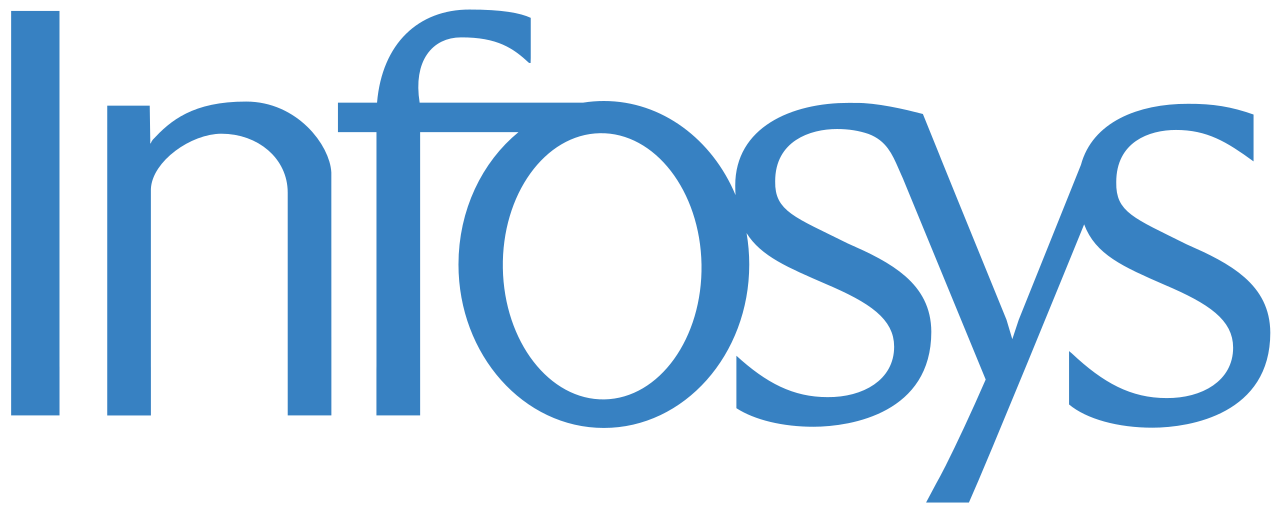



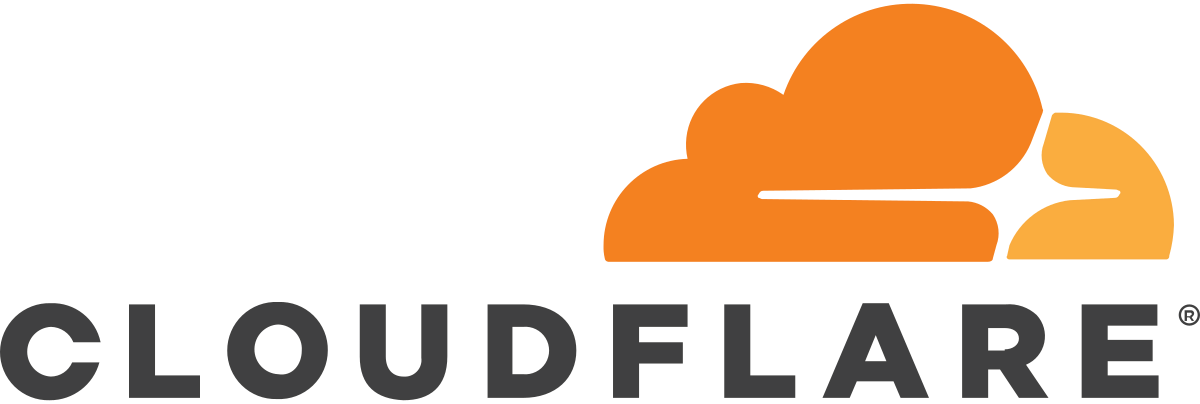










What Makes You Job Ready?
Don't worry when you be with Inventateq, Our courses and specialised training always helps students get placed better in their life with the skill-ful knowledge and apply for better career achievements. That's why thousands of students always trust Inventateq.
Our Training Process
Enroll in Our Courses
Practical Classes
Real-time Projects
Daily Assignments
Certifications
Winning Resume Building
Mock Interviews
Attend Real Interviews
You Got Job! 100% Guarantee
Industry Leading Certificates
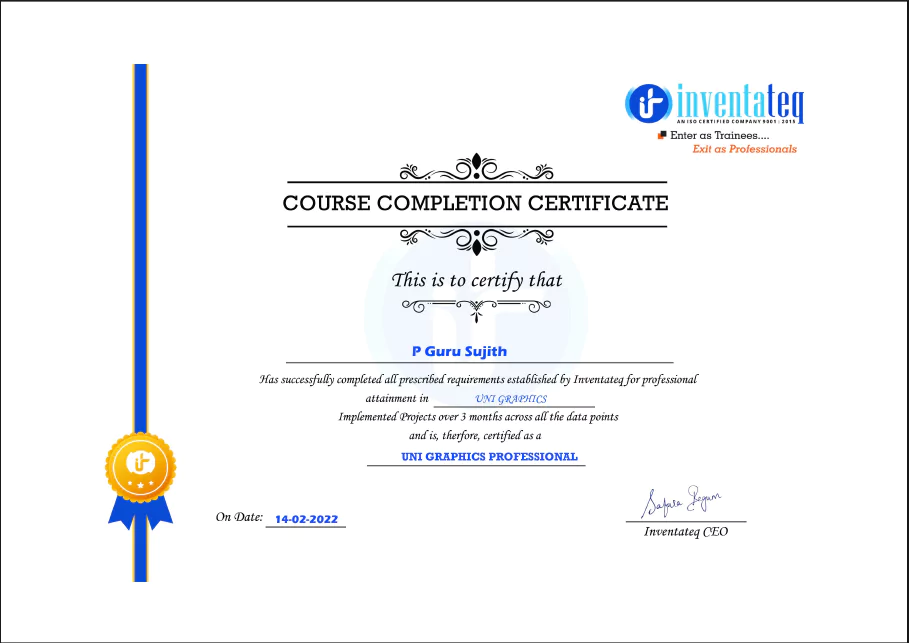


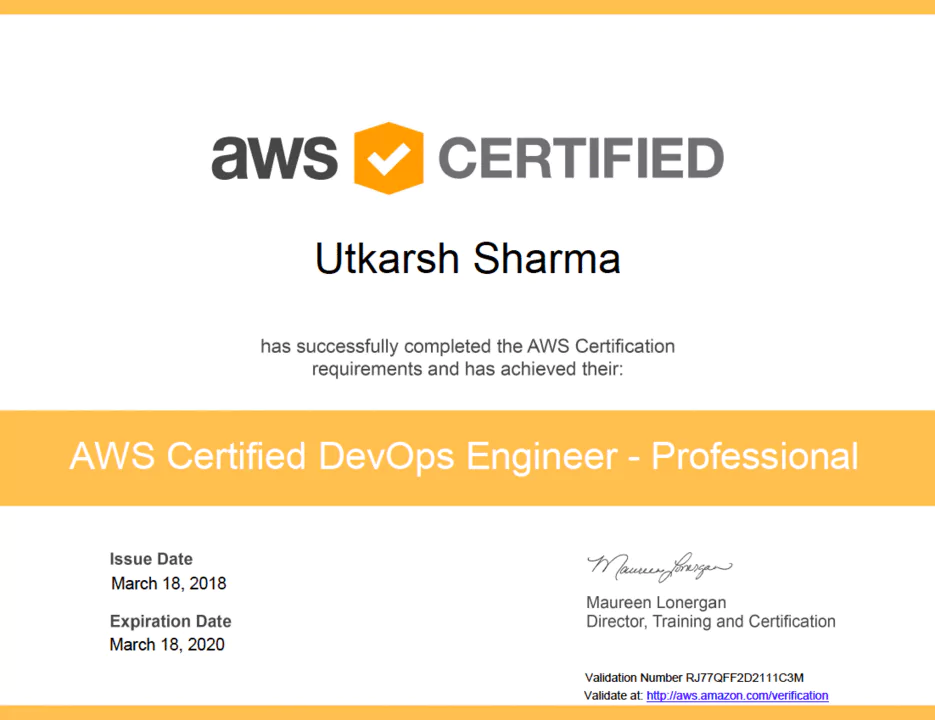
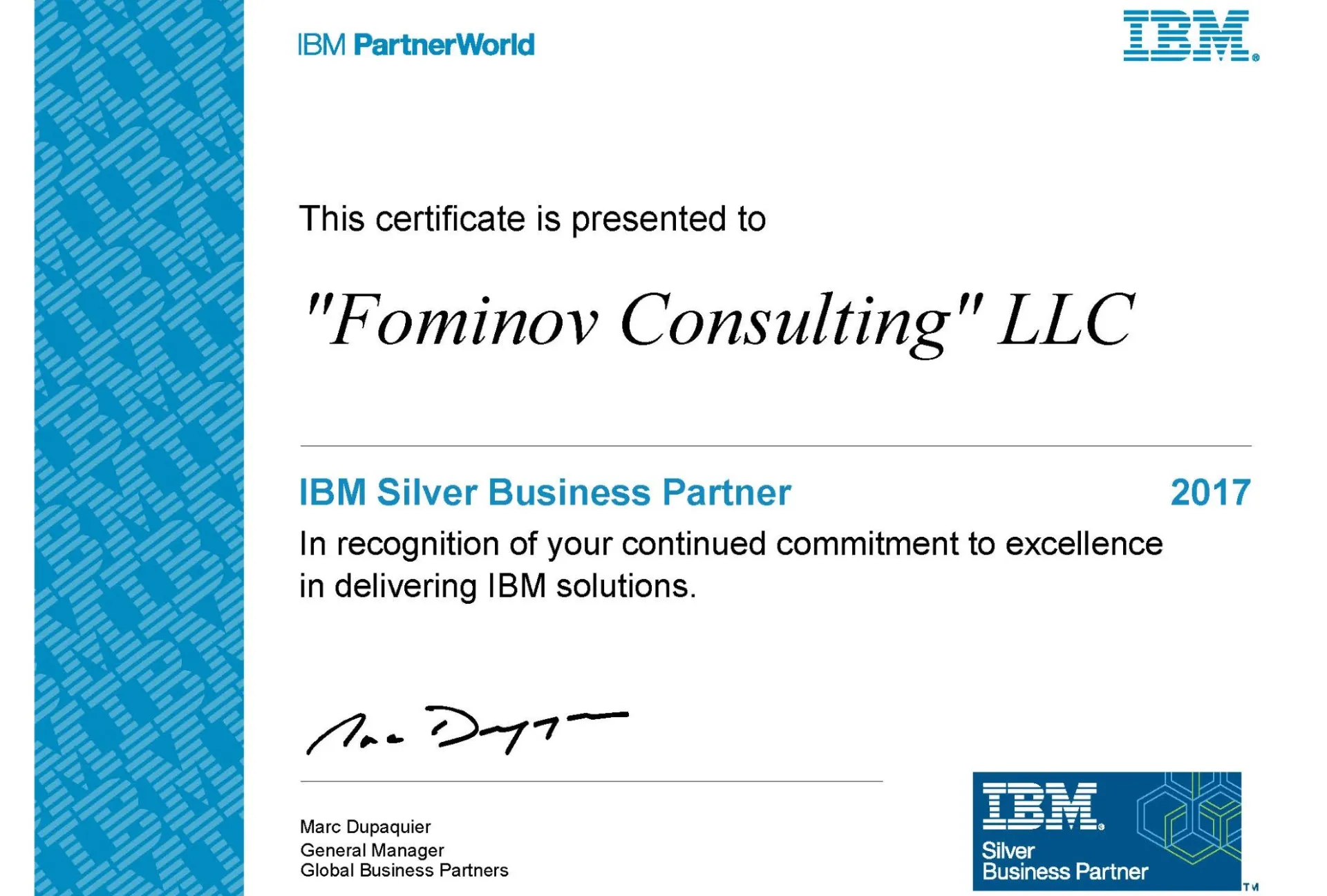

Join Inventateq Career Guidance Program.
Launch your fastest career with Inventateq! Our program equips you with in-demand skills to unlock insights from big data and land your dream job. Join us and become a career hero!
Book Free Demo Class.
Get a free demo class for the desired course you loves to continue with Inventateq.
How good is Inventateq?
Inventateq is widely regarded as one of the best training institutes in Bangalore, and for good reason. The institute offers a wide range of courses, all designed to meet the specific needs of today’s job market. Inventateq courses are known for their practical approach, expert faculty, and strong placement support. Students who have completed Inventateq courses often praise the institute for its quality of instruction and the real-world applicability of the skills they gain. Whether you are looking to upskill or switch careers, Inventateq provides the tools and support you need to succeed.
What are the courses provided by Inventateq?
Inventateq provides quality full and helpful courses for their career support and better placement. They have 500+ courses with 200+ intructors and 2000+ hiring global top brands. This is how much powerful Inventateq is in terms of providing best service. We ensure a proper career placement guarantee for our students and have a dedicated placement cell to understand their needs, way of working, skill and then connect them with the brands. We have skill based courses on Data Science, Digital Marketing, Software Testing, Python Programming, Power BI, AWS Training, Salesforce Marekting, DevOps Training, Web Development, Oracle Training etc. We have dedicated course meterials like guides, books and Documents for better learning experience.
How to enroll for Inventateq Courses?
To enroll for Inventateq courses you need to have a big dream before and choose your career path by the course. We have hundreds of courses in different IT, Technology, Marketing field. So you have to decide your learning motive and then just contact with our advisor from Inventateq, they will always come to understand your thoughts, needs and skill you want to develop. Then they will help you also to enroll for any course.
Does Inventateq Provide Online and Offline Training?
Yes, Inventateq offers both online and offline training options to cater to the varied needs of its students. Whether you prefer learning in a traditional classroom setting or want the flexibility of online learning, Inventateq courses are designed to accommodate you. The online training programs are just as comprehensive as the offline ones, featuring interactive sessions, recorded lectures, and practical assignments. Inventateq courses offer the best of both worlds, ensuring that you receive quality education regardless of your preferred mode of learning.
Can I get placed in top companies as a fresher?
The answer is Yes. It doesn't matter you are a fresher because if you are a fresher from Inventateq. We have build that reputation, any student we teach is like our assurance to provide 100% placement support and also our duty to build your skill that will help you to become successful in you professional life. Last month we have placed more than 400+ students in multiple national and international companies like Zomato, Paytm, Google, Infosys, Atlys etc. So it really doesn't matter if you are a fresher or not, but you will get a Job just after completing your course and getting the best valuable certificate from Inventateq.
Can Inventateq help in getting Jobs faster?
Inventateq already helping students getting jobs faster by providing quality in courses, learning experience and better user engagement. We have the team, the mindset to help students build their desired skill-set and then apply for their dream job. We have made it simple and easy. You can enroll for Invnetateq course and then simply after completing the course you will get a certificate which is one of the leading industry certificate helps you in getting better Job Placements.
What are the reviews of Inventateq?
Inventateq stand out as the best and leading software training insitute in India,providing top quality courses and build skills, placing students in all around the globe with better salary hike and assurance in Job. Inventateq is rated 4.9 out of 5 based on more than 20,000+ reviews. Reviewed by students and learners from Inventateq.
What are the Best Online Certification Training Courses in Bangalore 2024?
In 2024, acquiring online certifications has become a crucial step for professionals looking to advance their careers. The digital age has brought forth a plethora of online courses that cater to various industries and skill sets. Among these, the most sought-after certifications include data science, cloud computing, machine learning, cybersecurity, and project management. These certifications not only enhance your knowledge and skills but also make you stand out in the competitive job market.
When it comes to top-quality online training courses in Bangalore, Inventateq stands out as the leader. Offering a wide range of courses in fields like Data Science, Digital Marketing, Software Testing, and Artificial Intelligence, Inventateq courses are known for their industry relevance and practical focus. These courses are designed to meet the needs of working professionals and students alike, providing flexibility without compromising on quality. With Inventateq's online courses, you can access expert training from the comfort of your home, making it one of the best online training options in Bangalore.
How Good is Inventateq courses?
Inventateq courses are highly regarded for their practical approach and industry relevance. Designed by experts, these courses cover a wide range of fields, including data science, cloud computing, and cybersecurity. Students benefit from hands-on learning, real-world projects, and interactive sessions that ensure thorough understanding and skill development. Additionally, Inventateq provides robust placement support, with connections to over 2000 top companies, ensuring students can secure lucrative positions upon completion. With globally recognized certifications and a focus on current market demands, Inventateq courses offer a valuable pathway to career advancement.
What is the value of Inventateq certification in India?
Inventateq certification holds significant value in India’s competitive job market. Recognized by leading employers, these certifications attest to your expertise in high-demand fields like data science, machine learning, and cloud computing. Inventateq’s comprehensive training ensures that you gain practical skills and real-world experience, making you a strong candidate for top positions. With the institute’s robust placement support and partnerships with over 500 companies, an Inventateq certification not only enhances your resume but also opens doors to lucrative career opportunities in India’s rapidly evolving tech industry.
Which Method of Training is a Part of an Educational Course?
At Inventateq, we believe in delivering education that is both comprehensive and practical. That's why our courses incorporate various methods of training to cater to diverse learning needs. Our training methods include online interactive sessions, classroom-based instruction, and hands-on practical training. This blended approach ensures that students grasp theoretical concepts while also gaining real-world experience. Inventateq courses are designed to provide a holistic learning experience, combining lectures, project work, and case studies. This multifaceted approach makes Inventateq courses highly effective for students aiming to excel in their careers.
How to Unlock Certificate in Inventateq?
Unlocking your certificate at Inventateq is a straightforward process that reflects your dedication and learning. After completing the required coursework, assignments, and assessments in your chosen Inventateq course, you will be eligible to receive your certificate. These certificates are awarded based on your performance and participation, ensuring that they hold significant value in the job market. Inventateq courses are recognized for their quality, and earning a certificate from Inventateq can significantly boost your career prospects. Simply complete your course requirements, and your certificate will be unlocked and available for download.
Are Inventateq Courses Accredited?
Yes, Inventateq courses are accredited and recognized by industry experts. This accreditation adds immense value to the training programs, making them highly respected in the professional world. When you enroll in Inventateq courses, you are assured of receiving an education that meets industry standards and equips you with the skills needed to excel in your field. The accreditation of Inventateq courses ensures that your training is credible, and the certificate you earn will be recognized by employers globally, opening up numerous opportunities for career advancement.
Should I Choose Inventateq Bangalore Courses?
Choosing Inventateq Bangalore courses is a smart decision if you are serious about advancing your career. Inventateq courses are tailored to meet the demands of the industry, ensuring that you gain the skills that employers are looking for. The institute offers both online and offline courses, making it accessible to a wide range of students. With expert faculty, comprehensive curriculum, and strong placement support, Inventateq Bangalore courses offer everything you need to excel in your chosen field. Whether you are a fresh graduate or a working professional, Inventateq courses can help you achieve your career goals.
Is Inventateq the Best Training Institute in Bangalore?
Inventateq is often regarded as the best training institute in Bangalore due to its comprehensive and industry-aligned courses. The institute offers a wide range of Inventateq courses that cover the most in-demand skills in today’s job market. With a strong emphasis on practical training and job readiness, Inventateq courses prepare students for successful careers. The institute’s impressive placement record and positive reviews from alumni further cement its reputation as the best training institute in Bangalore. If you are looking for quality education that leads to tangible career benefits, Inventateq is the ideal choice.
Are Courses at Inventateq Worth Doing?
If you're considering advancing your career through professional training, you might be wondering, "Are courses at Inventateq worth doing?" The answer is a resounding yes. Inventateq is renowned for its top-notch training programs that cater to the demands of the current job market. Offering a wide range of online training courses, Inventateq stands out with its emphasis on practical, hands-on learning. Each course is meticulously designed by industry experts to ensure that students gain real-world skills that are immediately applicable.
One of the key advantages of Inventateq courses is the extensive placement support. The institute has a dedicated team that assists students in securing jobs at top companies, making the investment in these courses highly worthwhile. With partnerships with over 500 leading organizations, Inventateq provides robust job placement assistance, ensuring that students can transition smoothly into their desired careers.
Additionally, Inventateq offers certifications from globally recognized bodies, enhancing your resume and making you more attractive to potential employers. The combination of expert instructors, comprehensive curriculum, and strong industry connections makes Inventateq's courses an excellent choice for anyone looking to advance their career. So, if you're aiming to boost your professional prospects, Inventateq is certainly worth considering.










